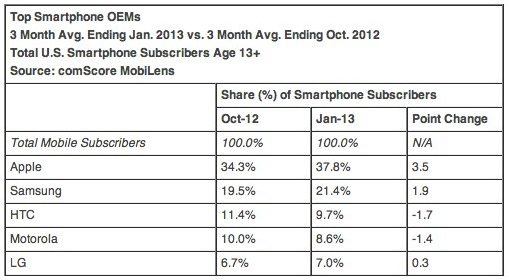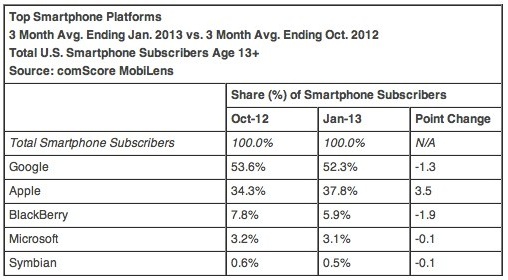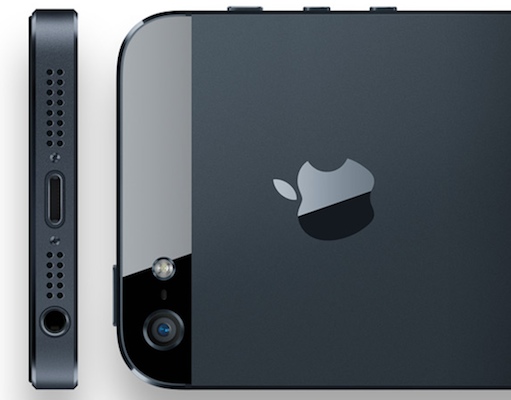With rumors of Apple’s plans to release a low cost iPhone this Summer swirling about, we now have a new report via the China Times which claims that Apple’s more economical iPhone will make use of Qualcomm’s Snapdragon chip as opposed to one of Apple’s A-series processors.
The report claims that the Snapdragon’s ability to integrate both bluetooth and Wi-Fi onto the main chip will enable Apple to keep costs low and ideally protect their margins as much as possible.
What’s more, the report claims that Apple has tapped TSMC to manufacture the chips using their 28nm process. What’s notable here, aside from Apple foregoing using one of its in-house designed processors, is that it would mark the first time Apple would be utilizing a foundry other than Samsung to produce its processors. The report also claims that the low cost iPhone will be 3G only.
It’s worth mentioning that the above report regarding Apple’s use of Qualcomm’s Snapdragon chip is at odds with the typically spot-on Ming-Chi Kuo who wrote earlier this week that Apple’s lower cost iPhone will utilize Apple’s A6 processor.
Kuo also noted that the lower cost iPhone will be comprised of plastic and fiberglass and will come in 6 different colors.
China Times via Macotakara





 Following up on today’s report that Apple this Summer will be releasing an iPhone 5S with fingerprint authorization technology alongside a lower cost iPhone comes news via the typically reliable Rene Ritchie of iMore who writes that Apple is targeting a release date sometime in August. The equally reliable Ming-Chi Kuo, however, recently pegged an iPhone launch date for sometime in July.
Following up on today’s report that Apple this Summer will be releasing an iPhone 5S with fingerprint authorization technology alongside a lower cost iPhone comes news via the typically reliable Rene Ritchie of iMore who writes that Apple is targeting a release date sometime in August. The equally reliable Ming-Chi Kuo, however, recently pegged an iPhone launch date for sometime in July.


Fri, Mar 8, 2013
Comments Off on Apple’s low-cost iPhone to utilize Qualcomm’s Snapdragon chip – Report